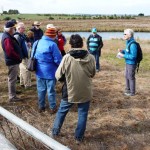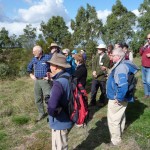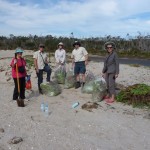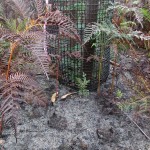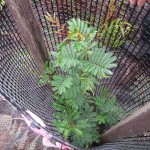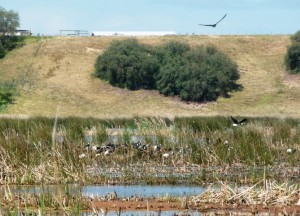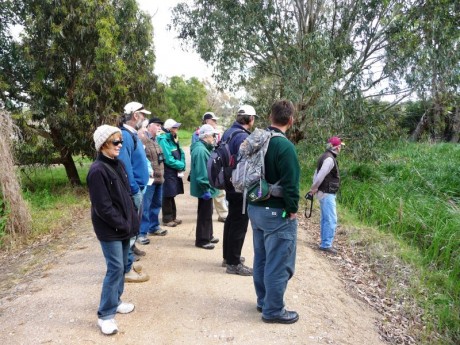 HELP NEEDED TO FIND BANDED PACIFIC GULLS
HELP NEEDED TO FIND BANDED PACIFIC GULLS
Be on the lookout for banded Pacific Gulls – alive or dead.
A number of people have been banding Pacific Gulls over the past few years: – Clive Minton and the Victorian Wader Study Group, around Victoria – Peter Dann, at Phillip Island, Victoria – Bill Wakefield, around Hobart, Tasmania – Cath Meathrel, in the Furneaux Group, Tasmania – me, Bruce Robertson, in Victoria, Tasmania, South Australia and Western Australia.
All birds have at least one band, of stainless steel. Some birds were also banded with a unique colour combination using Darvic/plastic bands. Others were banded with a large aluminium band with a unique number stamped four times around the band.
From previous recoveries of banded birds, we know that first year birds from last breeding season will be doing their post-fledging dispersal now. We also know that up to 50% of all first year birds will die before their first birthday.
In 2006 Bruce Robertson banded over 500 chicks on Goose Island, Tasmania. This is the most birds ever banded in the one place at the one time. It gives us a unique chance to investigate post-fledging dispersal. It also is our best ever chance to find out whether any birds move north to Victoria, across Bass Strait.
We need the help of people like you who are to be our eyes and ears for us around coastal Victoria.
Bands recovered from dead birds can be sent to the Australian Bird and Bat Banding Scheme, GPO Box 8, Canberra 2601.
Sight records, even without full details, are still of value to Bruce. Please let him know of the whereabouts of any live banded birds that you see.
Bruce Robertson 16 Ellen Close Warragul 3820 Mobile: 0427 231 344 Fax: 0356 236 327 Email: brobson@dcsi.net.au

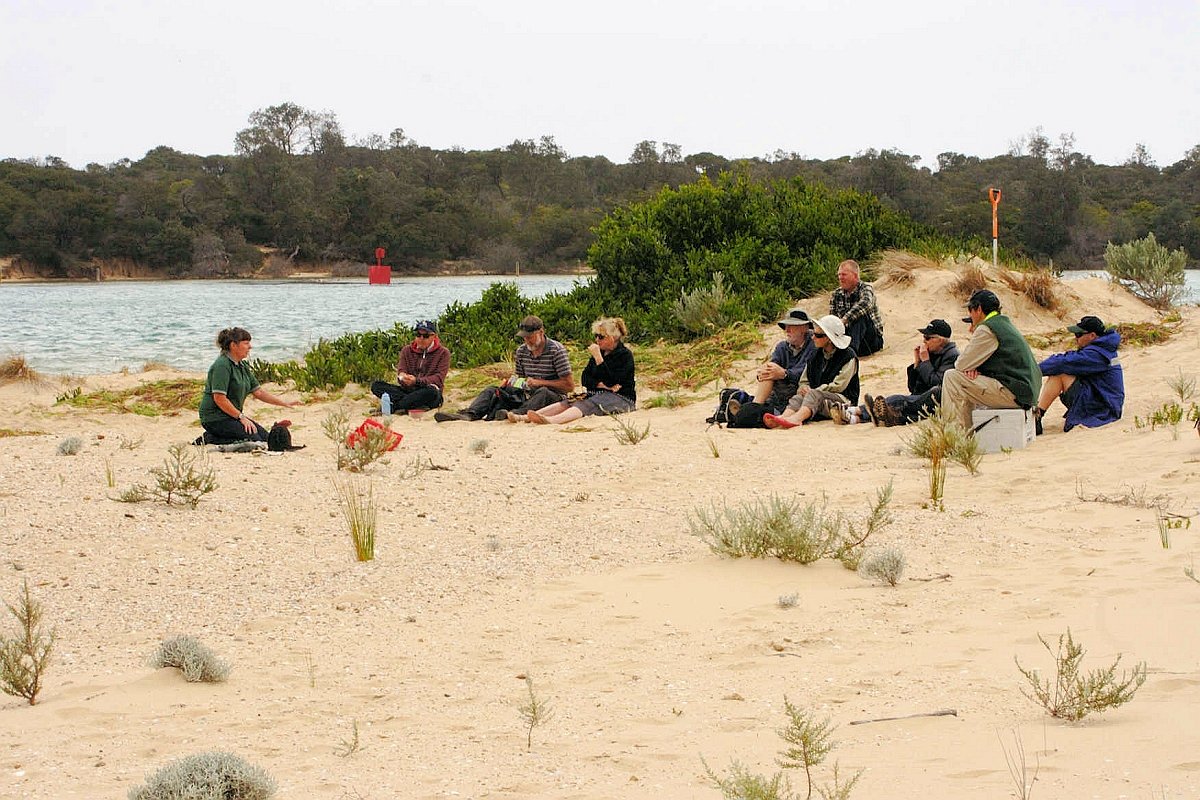
 On Saturday May 4th, Nicholson River Landcare hosted 10 members of Friends of the Gippsland Lakes Parks and Reserves on walks on the properties of Leo Rijs and Jim Stephenson. The work of carbon trading company Citola in planting 50000 trees using the “rip and mound” method on the Rijs property was highlighted.
On Saturday May 4th, Nicholson River Landcare hosted 10 members of Friends of the Gippsland Lakes Parks and Reserves on walks on the properties of Leo Rijs and Jim Stephenson. The work of carbon trading company Citola in planting 50000 trees using the “rip and mound” method on the Rijs property was highlighted. FOGL, Wendy Parker, gave a talk to the combined group on the current projects and challenges of her group. This was followed by another great lunch provided by Marcia Rijs and helpers. After lunch the group drove down the road to Jim Stephenson’s property where Jim led a tour highlighting the extensive revegetation works adjacent to the mouth of the Nicholson River. The day concluded with coffee and cake at the Stephenson homestead.
FOGL, Wendy Parker, gave a talk to the combined group on the current projects and challenges of her group. This was followed by another great lunch provided by Marcia Rijs and helpers. After lunch the group drove down the road to Jim Stephenson’s property where Jim led a tour highlighting the extensive revegetation works adjacent to the mouth of the Nicholson River. The day concluded with coffee and cake at the Stephenson homestead.